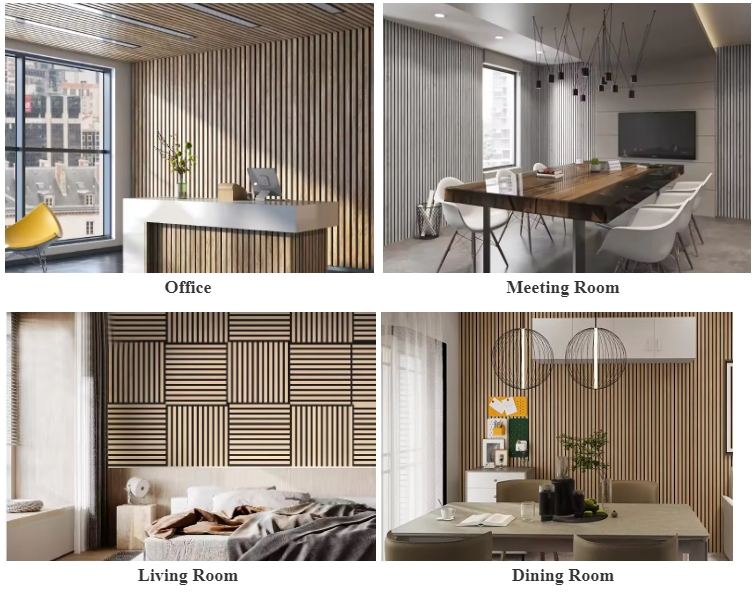Building Sound Panels A Comprehensive Guide
In today's fast-paced world, noise pollution is an increasingly common problem. Whether it's the sounds of bustling city streets, loud neighbors, or echoing interiors, excessive noise can be distracting and detrimental to our well-being. One effective solution to combat this issue is the use of sound panels. This article will guide you through the process of building your own sound panels, discussing materials, design considerations, and installation tips.
Understanding Sound Panels
Sound panels, also known as acoustic panels, are designed to absorb sound and reduce noise reverberation within a space. They help to improve the acoustic quality of a room, making it more conducive to conversations, music, or activities that require concentration. Unlike soundproofing, which aims to prevent sound from entering or exiting a space, sound panels focus on managing sound within that space.
Materials Needed
To build your own sound panels, you'll need a few key materials
1. Frame Material You can use wood (such as 1x4 inch or 1x3 inch boards) to create a frame for the panel. The choice of wood depends on the size of the panel you want to create.
2. Absorptive Material The most common materials for sound absorption include fiberglass insulation, rock wool, or acoustic foam. Fiberglass is highly effective, but it requires careful handling due to its irritant properties.
3. Fabric Covering To give your panels a finished look, you can use acoustically transparent fabric. This allows sound to penetrate the panel while enhancing the room's aesthetics. Look for fabrics such as burlap or specially designed acoustic cloth.
4. Backing (Optional) A backing material can add rigidity and protection to your panel. Plywood or MDF (Medium Density Fiberboard) can be effective choices.
Designing Your Sound Panels
building sound panels

Before you start building, you need to determine the size and number of panels required. Common dimensions for sound panels are 2x4 feet, but smaller panels can also be effective. The placement of panels is crucial; areas with hard surfaces (like bare walls and ceilings) that reflect sound will benefit most from sound panels.
Step-by-Step Construction Process
1. Cut the Frame Using your chosen frame material, cut four pieces of wood to create a rectangular frame. Use screws to assemble the frame securely.
2. Prepare the Absorptive Material Cut your insulation material to fit snugly within the frame. If using fiberglass, ensure you're wearing gloves and a mask to avoid irritation.
3. Assemble the Panel Place the absorptive material inside the frame. If you choose to use backing, attach it to the back of the frame first before inserting the absorptive material.
4. Cover with Fabric Lay the fabric flat with the pattern side down. Place the assembled panel face down on the fabric, and wrap the fabric around the edges, pulling it tight. Use a staple gun to secure the fabric to the back of the panel.
5. Finishing Touches Trim any excess fabric and ensure everything is securely fastened. If desired, you can add hanging hardware to the back for easy installation.
Installation Tips
Once your sound panels are built, it's time to install them. The most effective locations include
- On Walls Place panels at mid-height on walls, focusing on areas where sound reflects the most, such as opposite windows or in corners. - Ceiling In rooms with high ceilings, consider installing panels on the ceiling to reduce echo. - Corner Placement Use corner traps (a type of panel specifically designed for corners) to absorb low-frequency sound, which tends to accumulate in these areas.
Conclusion
Building your own sound panels can significantly enhance the acoustic quality of any space. Not only does it provide a DIY solution to noise issues, but it also allows for personal creativity in design and aesthetics. By understanding the materials and construction process, you can create effective sound panels tailored to your specific needs, ultimately leading to a quieter, more peaceful environment. Whether for a studio, home theater, or any living space, sound panels are a practical investment in your auditory comfort.
